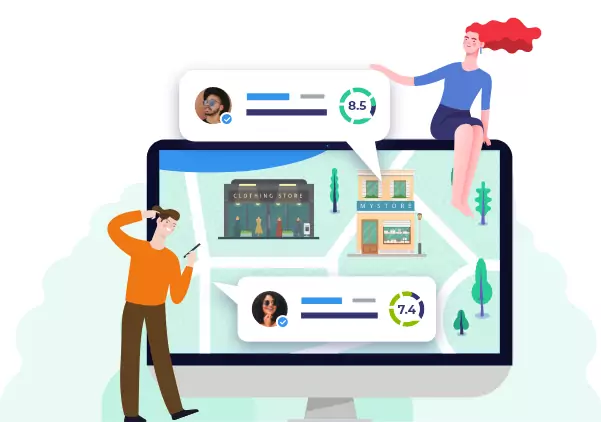746 companies
Services
...

Experiences with Services
Consumers looking to compare service providers often seek reliable options for cleaning, landscaping, or personal training. Common pitfalls include hidden fees, inconsistent service quality, and lack of communication—imagine hiring a cleaner who misses spots or charges unexpectedly. Avoid surprises by exploring our company listings and reading reviews. Feel free to share your own experience to assist others in making informed decisions.
Companies

7 reviews

3 reviews

0 reviews

23 reviews

27 reviews

23 reviews

18 reviews

61 reviews

10 reviews

161 reviews

4 reviews

1 reviews

26 reviews

20 reviews

21 reviews

10 reviews

24 reviews

45 reviews

2 reviews

2 reviews

19 reviews

3 reviews

28 reviews

33 reviews

24 reviews

24 reviews

1 reviews

20 reviews

21 reviews

5 reviews

21 reviews

19 reviews

23 reviews

20 reviews

22 reviews

28 reviews

20 reviews

2 reviews

2 reviews

16 reviews

8 reviews

1 reviews

2 reviews

20 reviews

1 reviews

28 reviews

4 reviews

25 reviews

19 reviews

8 reviews

17 reviews

8 reviews

16 reviews

25 reviews

25 reviews

25 reviews

3 reviews

25 reviews

8 reviews

8 reviews

8 reviews

23 reviews

23 reviews

16 reviews

18 reviews

17 reviews

21 reviews

23 reviews

17 reviews

23 reviews

26 reviews

24 reviews

9 reviews

17 reviews

8 reviews

18 reviews

17 reviews

24 reviews

16 reviews

20 reviews
